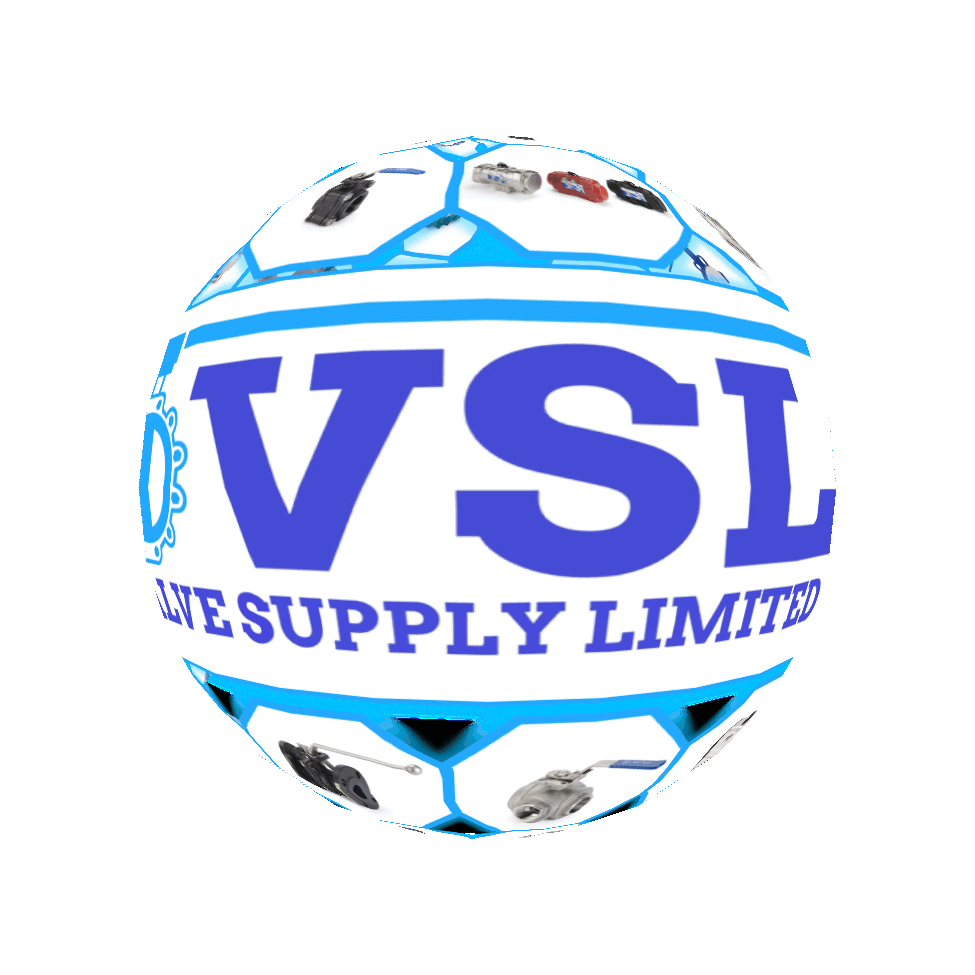It's very important to select the correct type of Valves.... Part 1
Discover comprehensive guidance on selecting the optimal valve for your industrial applications. This in-depth analysis covers ball valves, butterfly valves, gate valves, globe valves, and check valves—comparing their specifications, benefits, and ideal use cases. Make informed decisions for your fluid control systems with expert insights on material selection, pressure ratings, and connection types.

Selecting the correct valve for your specific application is crucial for system efficiency, safety, and longevity. This comprehensive guide will help you understand the different types of valves available, their applications, and the key factors to consider when making your selection.
Ball Valves

Ball valves are quarter-turn valves that use a hollow ball to control flow. They're known for their excellent sealing capabilities and durability.
Key specifications to consider:
- Full bore vs. reduced bore: Full bore provides unrestricted flow, while reduced bore is more economical
- Material options: Brass ball valves for water applications, stainless steel ball valves for corrosive environments
- Connection type: Choose between screwed connections, weld connections, flanged connections, or wafer pattern
- Seat material: PTFE seats offer excellent chemical resistance and low friction
Popular models:
-
2-Piece Brass Full Bore BSP with WRAS approval
for potable water
-
3-Piece Stainless Steel Full Bore
for industrial applications
-
1-Piece Stainless Steel Wafer Pattern
for space-constrained installations
Butterfly Valves

Butterfly valves feature a disc that rotates on a central axis to control flow. They're lightweight, compact, and cost-effective.
Best for:
Large diameter applications, moderate pressure systems, and where space is limited.
Key specifications to consider:
- Body material: Cast iron butterfly valves for general applications, ductile iron for higher pressure
- Disc material: Stainless steel disc provides corrosion resistance
- Seat type: EPDM seats for water applications, Buna (NBR) for gas and oil applications & PTFE lined for chemical resistance
- Connection style: Wafer pattern for installation between flanges, lugged for end-of-line service
Popular models:
- Resilient Seated Ductile Iron Body with Stainless Steel Disc
- Stainless Steel Body Wafer & Lugged for corrosive environments
- PTFE Lined Butterfly Valves for chemical processing
Gate Valves

Gate valves use a gate or wedge that moves perpendicular to the flow. They provide straight-through flow with minimal restriction when fully open.
Best for:
Applications requiring minimal flow restriction, infrequent operation, and where tight shut-off is needed.
Key specifications to consider:
- Stem type: Rising stem vs. non-rising stem
- Seating: Metal seated gate valves for high temperature, resilient seated for better sealing and water works applications
- Pressure rating: PN16 gate valves for standard applications, higher ratings for demanding conditions
- Face-to-face dimension: BS pattern or DIN pattern
Popular models:
- Cast Iron Metal Seated Flanged PN16 for water systems
- Stainless Steel Metal Seated for corrosive media
- Stainless Steel Metal Seated Flanged for larger sizes
Globe Valves

Globe valves direct flow through an S-shaped path, making them excellent for flow regulation.
Best for:
Throttling applications, precise flow control, and frequent adjustment.
Key specifications to consider:
- Body design: Straight-through, angle, or Y-pattern
- Stem configuration: Outside screw and yoke (OS&Y) or inside screw
- Bonnet type: Bolted, union, or pressure seal
- Bellows sealed: For hazardous media containment
Popular models:
- Brass double regulating valves for Building Services
- Stainless Steel Flanged for industrial applications
- Bellows Sealed Carbon Steel for preventing fugitive emissions
Check Valves

Check valves (non-return valves) allow flow in one direction only and prevent backflow.
Best for:
Preventing reverse flow, protecting pumps, and maintaining system pressure.
Key specifications to consider:
- Design type: Swing check valves for low pressure drop, spring assisted for vertical installation
- Connection style: Wafer pattern, flanged, or screwed BSP
- Pressure rating: From low pressure to high pressure applications
- Seating material: Metal-to-metal for high temperature, soft seats for tight sealing
Popular models:
- Swing Type Stainless Steel Wafer Pattern for general applications
- Spring Assisted Stainless Steel with PTFE Seat for chemical resistance
- Dual Plate Stainless Steel Body with EPDM Seat for WRAS approved systems
Pneumatic Actuation

Pneumatic actuators use compressed air to operate valves automatically.
Key specifications to consider:
- Action type: Double acting pneumatic actuators for powered open/close, spring return for fail-safe operation
- Material: Aluminium rack & piston actuators for standard use, stainless steel for corrosive environments
- Mounting standard: ISO 5211 mount for standardized connection
- Control accessories: Solenoid valves, limit switches, and positioners
Key specifications to consider:
- Action type: Double acting pneumatic actuators for powered open/close, spring return for fail-safe operation
- Material: Aluminium rack & piston actuators for standard use, stainless steel for corrosive environments
- Mounting standard: ISO 5211 mount for standardized connection
- Control accessories: Solenoid valves, limit switches, and positioners
Popular models:
- Prisma Pneumatic Quarter Turn ISO 5211 Mount Actuator for reliable operation
- Multi-voltage actuators for flexible installation
Electric Actuation

Electric actuators use electric motors to provide automated valve control.
Best for:
Precise control, applications without compressed air, and integration with building management systems.
Key specifications to consider:
- Voltage: AC or DC power options
- IP rating: IP67 rated for outdoor installation
- Torque output: Matched to valve requirements
- Control options: On/off, modulating, or network communication
Popular models:
- J+J Electric Quarter Turn ISO 5211 Mount IP67 Rated for reliable operation
- Multi-voltage actuators for flexible installation

